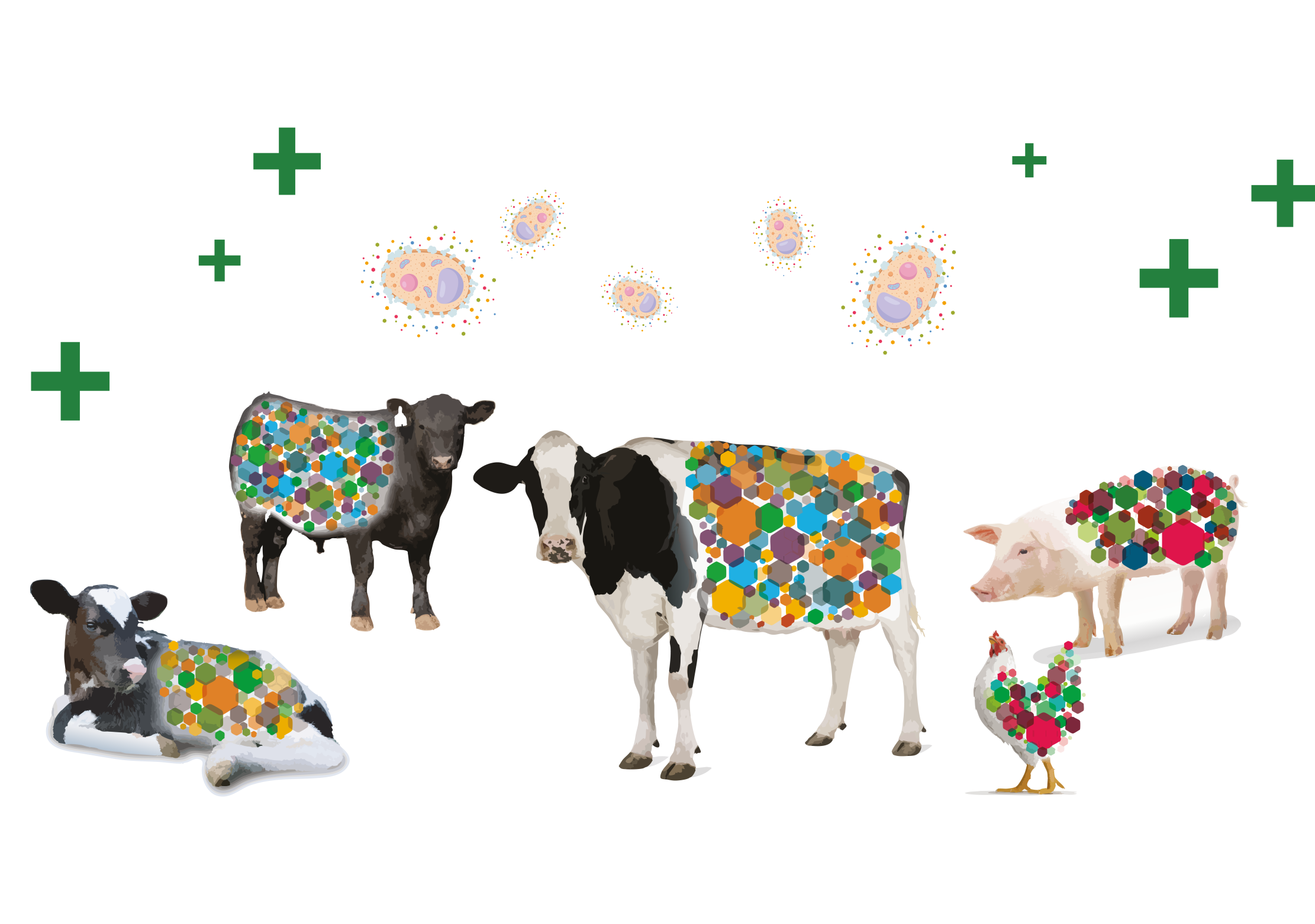Can collective identity among social movement actors develop online? Do social media platforms foster genuine relationships, or do meaningful connections require face-to-face interaction? New research by Dr Monica Pauls at Mount Royal University aimed to find out. Her latest study dives into the digital lives of youth activists to explore whether social media can foster a genuine sense of belonging and shared purpose. Read More
Pauls interviewed 16 activists between the ages of 14 and 24 who use X (previously known as Twitter) for their advocacy work, and collected samples of their tweets. The participants identified as activists in the international climate movement or the American gun control movement. Despite being scattered across different regions and never meeting in person, many of them described feeling deeply connected to each other.
These young people spoke of solidarity, emotional support, and a collective identity rooted in shared values and experiences. One participant even described a close-knit group of climate activists all named Amara who bonded online, calling themselves the ‘Amara Squad’. They had never met in real life, but their connections felt powerful and genuine.
However, when Pauls turned to social network analyses – mapping out how often these activists communicated with each other on the platform – the picture looked quite different. The data showed that most of their online conversations were one-sided. While these activists were active communicators in the network, tweets were often sent out into the ether without much back and forth.
This raised a big question: How can young activists feel such a strong sense of community when the social network analyses showed one-sided interactions and weak interpersonal connections?
Pauls argues that these two seemingly contradictory findings actually tell different parts of the same story. Social media can generate ‘bridging social capital’ – casual connections and weak ties that facilitate introductions to new people and exposure to new ideas, information and opportunities.
Platforms allow young people to express emotions, share stories, and engage in what she calls ‘resonance’ – a concept defined by Miller as small, meaningful moments of recognition and support that create a sense of belonging. As movement actors engage in online practices and make connections with people like themselves, they build on bridging social capital and set the process of collective identity in motion.
Another key insight from this research is the strong generational identity among youth activists. They didn’t just see themselves as part of a climate or gun control movement – they saw themselves as part of a youth movement. Many drew clear lines between their activism and that of older generations, describing their generation as more progressive, diverse, and digitally savvy.
Understanding collective identity as something that is shaped through shared interactions and emotional bonds means that it is a process experienced by members of a social movement as they engage with each other online. We cannot equate a user’s feeling of being part of something bigger than themselves to the number of messages they send or receive; rather, these communicative acts facilitate connection, setting the collective identity process in motion.







